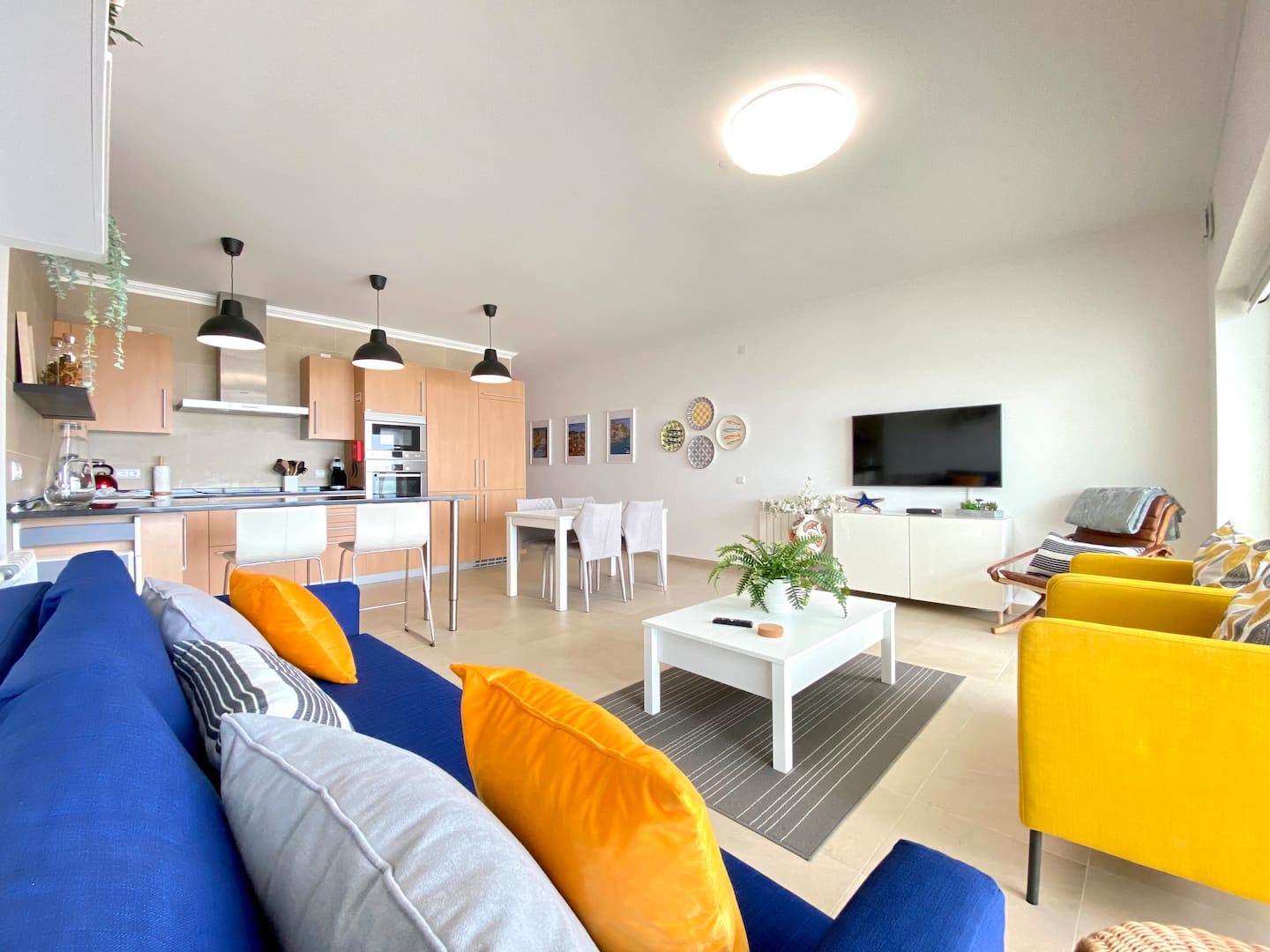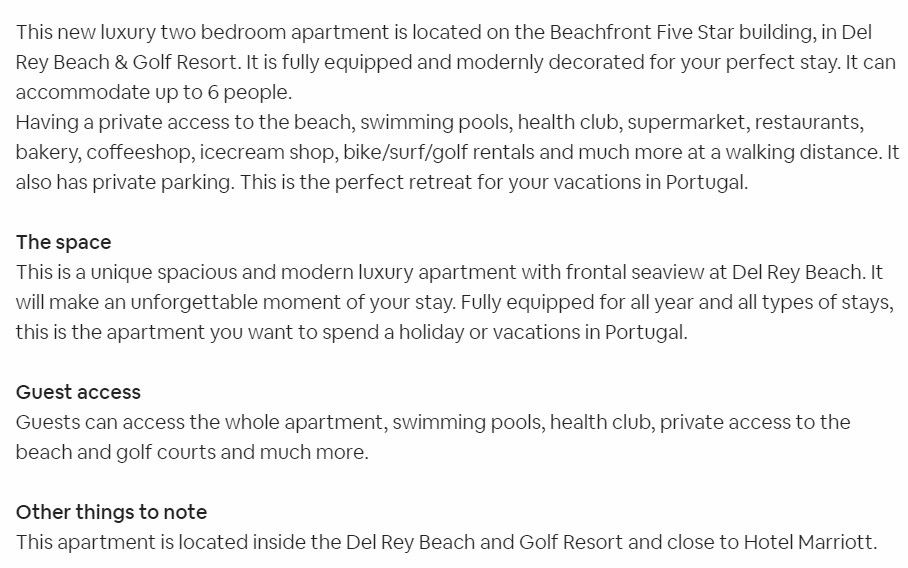Thursday, July 22, 2021
 Dear Your Overseas Dream Home Reader,
Dear Your Overseas Dream Home Reader,
Behind every real estate investing theory and strategy there’s a hard-won, real-world lesson.
Right now, I’m putting together my ultimate compendium of strategies and secrets I’ve learned in my years of profitable investing.
This has set me thinking about all the times I’ve used a real estate play to x2, x3, or even x4 my money…about every pitfall avoided…and every opportunity maximized.
For instance, in this e-letter I talk to you a lot about investing in “internationalized” places. The theory is that when you own a rental in a location with international demand, if one particular market segment dries up, you’re not exposed to the risk of all your rental income drying up with it.
Choosing an internationalized place means you diversify your rental pool.
And the past year has revealed just how important this strategy is during periods of crisis.
As travel ground to a halt, rentals in internationalized places still did ok. That’s because they usually have expat communities, long-stay renters, remained open to one segment of the international tourism market, or had a local market to boost demand.
We saw this in action in the story I shared yesterday from Debra Kolkka, who built her dream Italian home in the hills of Tuscany, which she rents out for half the year. Even during Covid her rental did well because there is always demand for a Tuscan villa. It’s a world-famous region, with both international and local demand.
Likewise, this strategy has boosted my own rentals. For instance, six weeks after vacating my condo on Portugal’s Silver Coast and handing my keys to my rental manager, I’ve already collected more than €4,000 in rental income.
In the Algarve, an even more internationalized region, I can charge €3,500 per week in August for a repossessed condo I bought for €410,000. And with no money down I’m only into that deal for closing costs plus the cost of renovation and furnishings—I figure about €55,000 total.
When travel bounces back in full force, a rental in an internationalized destination will be the first to see a surge in demand.
If you have an overseas rental, I’d like to hear your story and share your lessons learned with fellow subscribers. You can get in touch with me here: feedback@realestatetrendalert.com.
Today, I want to focus on the nitty gritty of rental strategy…
The strategies, tips, and tricks I use to maximize income for the properties I own…
I can’t begin to tell you how many good rental properties get overlooked because the owners haven’t advertised them properly. They’re sitting on real estate gold, yet, because they failed to consider their rental strategy, they’re not making anything close to what they could be making…
First things first: If you’re planning on renting short term, use established vacation rental websites. No matter how good your rental is, if people can’t find it, they won’t book it. So maximize your exposure using popular platforms like Airbnb, VRBO, and FlipKey.
Likewise, if you plan to rent longer-term, check out the most established websites for long-term rentals in your particular destination. And work with local real estate agents and property management companies.
While you won’t have to pay any fees if you take bookings from your own website, you simply can’t compete with the traffic these platforms provide. The payoff is generally worth it. And the process is much easier. However, you might have to experiment to find out which platforms make the most sense for your rental.
The next thing you need to do is create an attractive listing. There is no overstating the importance of this step. First impressions are essential, and if your listing doesn’t grab renters right away, they’ll skip over it.
For example, if you have a condo that’s a few steps from a beautiful beach and a stroll to a gourmet restaurant, make sure you show that in your pictures and mention it in your description. You’d be amazed how many people don’t—and miss out on bookings because of it.
A picture is worth a thousand words. Choosing the wrong photos can actually put off prospective renters. That’s why I recommend hiring a professional photographer or asking someone with experience to help you. Spending a little here could be the difference between a 40% and 80% occupancy rate.
Before you take any photos, be sure to declutter your rental and remove any personal items you’ve scattered around. Stage it as if you’re selling it to a prospective buyer. Make it look warm and inviting. When taking the pictures, avoid bad lighting, weird camera angles, and photos of dark corners. If you’ve got outside entertaining space, show it off. If you’re close to a beach, post some nice beach shots.
|
|
If your photos have reeled in a prospective renter, your description should seal the deal. Come up with a catchy one-line title that highlights your home’s best assets and makes it stand out.
For example, for my condo on Portugal’s Silver Coast, the title reads “Deluxe 2 Bedroom Flat – Beachfront – Praia Del Rey.” It highlights the best feature and says exactly where it is. Your title should sound compelling enough to make people want to click on it and find out more.
When writing your description, mention the features of your home as succinctly as possible and make sure to add some unique selling points too. For instance, if your home is in a beach town, be clear about how close it is to the beach.
Here’s the description from my condo:
|
|
And if there are any negatives the renter should be aware of, be sure to mention them. For instance, if there’s a construction site nearby and it tends to be noisy, state that clearly. Managing their expectations is crucial. If a renter discovers that your home isn’t what you advertised it to be, they will likely leave a negative review, which can be detrimental to your occupancy rate. Most of the time, once you’re upfront about any possible issues, they’ll be satisfied with their stay.
I’d suggest going above and beyond with stuff like coffee, water, and goodies (fruit, chips, sweets). Allocate 5% of your income to goodies like this.
Remember, any extra effort you make will ultimately contribute towards more positive reviews, which in turn will attract more guests and push your listing’s ranking higher. Getting positive reviews should be your top priority. The better your reviews, the more success you’ll have with your rental.
Also, think about what features renters specifically search for. A contact who has properties in Medellín, Colombia, told me he fitted all his rental properties with air-conditioning. Even though the climate is so temperate air-conditioning is rarely needed, by including that one feature, he’s visible to a bigger pool of renters than his competitors who don’t offer air-conditioning.
When it comes to choosing your pricing, research what similar properties nearby are asking for. You should be matching their rates or even beating them. You can also adjust your rate seasonally—or to reflect local events such as film or jazz festivals, when demand is higher. You may want to set a minimum stay period in peak season, or to fit with local short-term rental restrictions. But keep in mind that any restrictions might reduce your listing’s visibility.
Of course, if you choose to be hands-off and hire a rental manager, they’ll be able to do a lot of this for you. But my advice is to maintain at least a minimal level of involvement to ensure they’re giving your rental the attention it needs. Alternatively, you can do many of the things I’ve outlined here yourself—including creating your listing—before handing the reins over to your rental manager.
Wishing you good real estate investing,
|
|
Ronan McMahon, Real Estate Trend Alert
Like what you’re reading?
Send your thoughts to feedback@realestatetrendalert.com. I’ll post and respond to as many of your emails as I can right here in the e-letter. Find out more about our feedback policy here.
Your Comments and QuestionsKevin says: Ronan, A couple of suggested topics for your ultimate compendium that you are working on:
Ronan says: Hi Kevin. All great ideas. Financing, in particular, is a huge part of my real estate investing strategies. The ability to use leverage is often an overlooked benefit of this asset class, and not enough people understand its potential. They see the sticker price and think that’s how much they will be out of pocket. But by using financing you can own profitable real estate with very little of your own money invested. Thanks for your suggestions!
Connect with us on Instagram |











